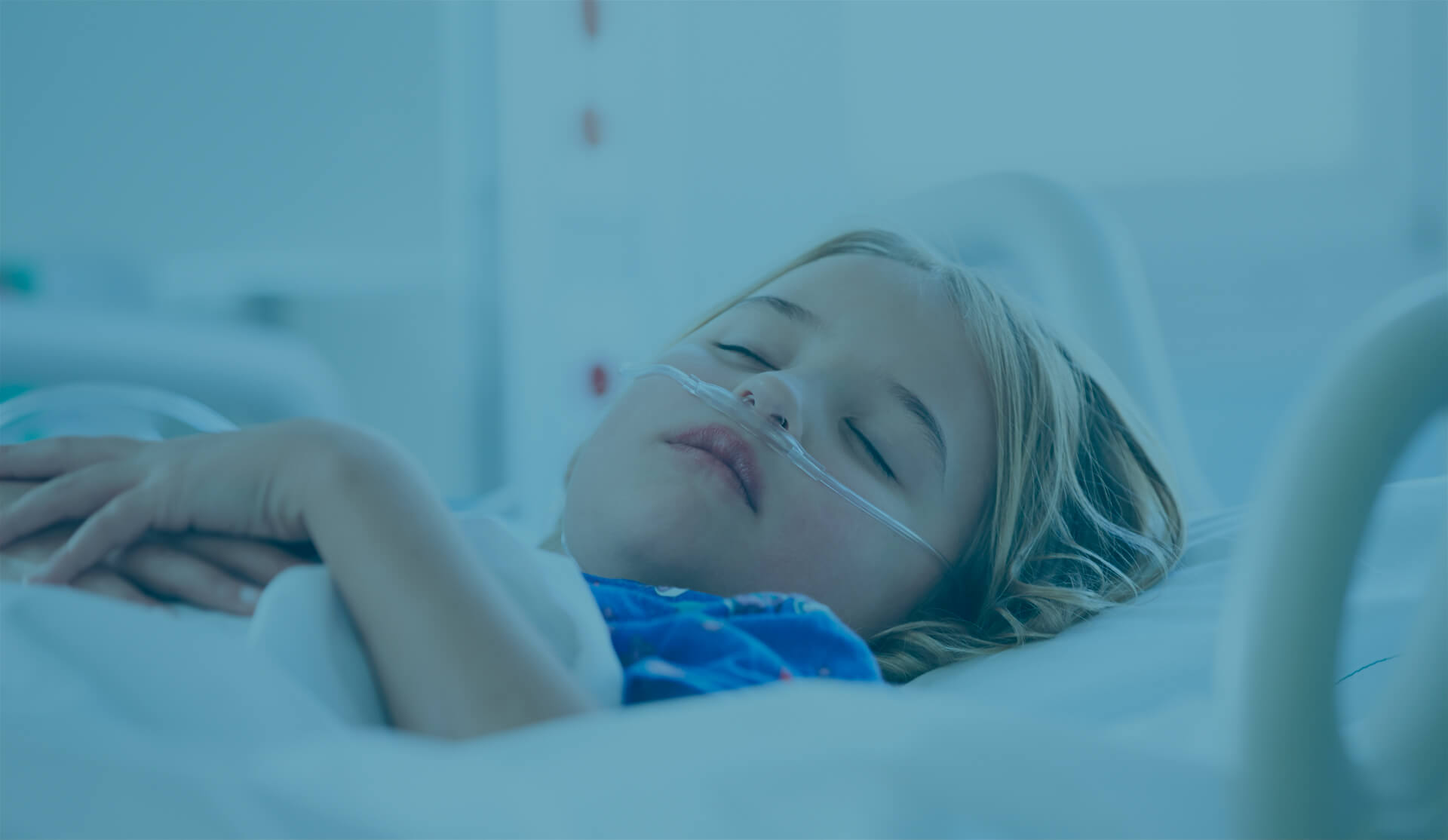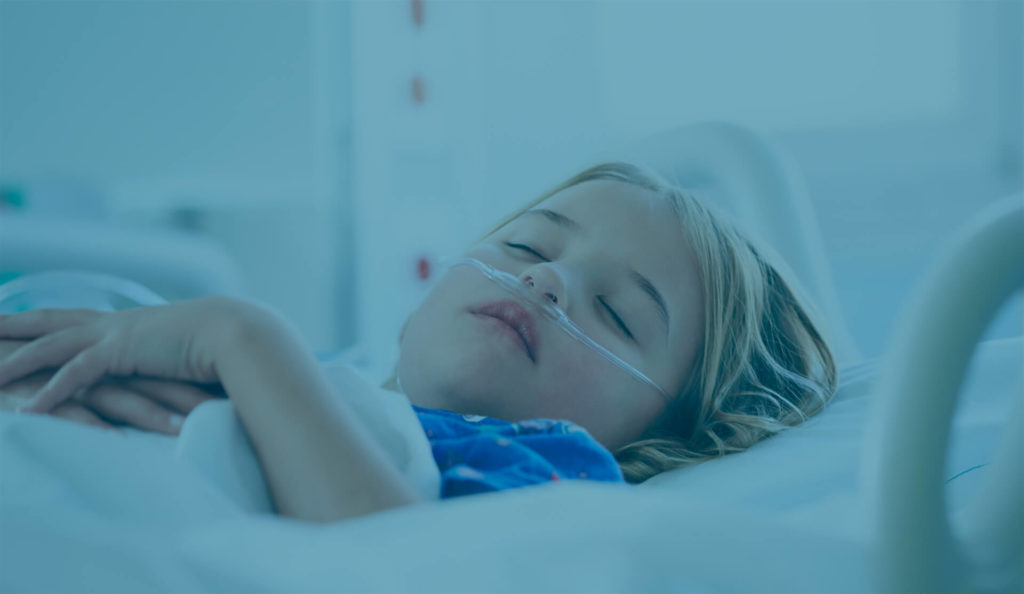Leveraging education for parents with children in intensive care to improve care plan compliance and enhance key quality initiatives

 Millions of children are admitted to intensive care units each year for critical conditions, accidents, or surgeries. Besides the physical pain, the experience can cause emotional trauma as well. The fear, anxiety, and shock can be overwhelming for patients and their families. Often many families struggle with a sense of frustration and helplessness. Studies show that when parents and families are more educated about their child’s health conditions and care plans, they take a more active role in that care. Providing a comprehensive education program throughout and immediately following a NICU or PICU stay can educate and engage parents, empowering them to a take a more active role in that care. And when parents and families make better decisions, it increases care plan compliance, a critical element for achieving quality outcomes.[1]
Millions of children are admitted to intensive care units each year for critical conditions, accidents, or surgeries. Besides the physical pain, the experience can cause emotional trauma as well. The fear, anxiety, and shock can be overwhelming for patients and their families. Often many families struggle with a sense of frustration and helplessness. Studies show that when parents and families are more educated about their child’s health conditions and care plans, they take a more active role in that care. Providing a comprehensive education program throughout and immediately following a NICU or PICU stay can educate and engage parents, empowering them to a take a more active role in that care. And when parents and families make better decisions, it increases care plan compliance, a critical element for achieving quality outcomes.[1]
Patients are 30% less likely to be readmitted or to visit the ER if care plan instructions are understood at the time of discharge.[2]
Even with evidence to support the importance of a comprehensive education program, many hospitals and health systems having competing priorities or lack the resources to develop or acquire such a solution.
Designing an Educational Program
Here are three actions hospitals can take to begin designing a comprehensive education program for parents and families of children in the PICU and NICU.
Increase access to information. Transitioning from an acute care environment to the home can cause a great deal of anxiety. Between the time the parents receive discharge instructions to the time they arrive home, a lot of information can be forgotten. The result can be confusion on things such as when to change a dressing or how often to give a medication. Parents need a simple way to access information when and where they need it. Paper instructions can get lost or misplaced and verbal instructions can be misunderstood and quickly forgotten. Having resources readily available whether from a mobile device or desktop, gives parents added confidence that they have the information needed to manage at-home care of their child.
Create an online educational resource center. In the same vein as having access to information when and where they need it, parents need that information to be comprehensive, yet easy to understand. Documentation should be available to print for those who prefer to have a physical copy of instructions. Information should be specific to each patient’s unique condition, and care plan needs.
Clinicians should be able to view which documents or videos have been viewed and by whom. If a parent hasn’t viewed any documents, this may be a red flag for non-compliance. Caregivers can schedule follow-up calls to address any concerns or questions that may arise.
Create educational videos. Video has now become the format of choice for many educational programs, primarily because people retain more of what they learn.[3] Reading step-by-step static instructions on a piece of paper can be confusing. But showing those same instructions in a video helps parents better understand the procedure. Even more beneficial is taking the video with the actual child in the hospital setting prior to discharge. This can be especially effective for tasks such as enteral feeding or treating wounds.
A Key Part of Your Quality Initiatives
Achieving and maintaining key quality criteria has a direct impact on a hospital’s HCAHPS scores and patient outcomes, not to mention its long-term viability. Having a comprehensive education program for parents and families of children in a NICU or PICU is an essential part of that effort as educated parents are more likely to stay in compliance with their child’s care plan. Hospitals benefit through better outcomes, increased reimbursement, and improved patient satisfaction.
[1] https://pdfs.semanticscholar.org/fbc8/a3522e6deee5dc719325a62ebb879cbb37ae.pdf
[2] https://www.ahrq.gov/professionals/quality-patient-safety/patient-safety-resources/resources/impptdis/index.html
[3] https://www.huffpost.com/entry/research-confirms-video-i_b_5064181
